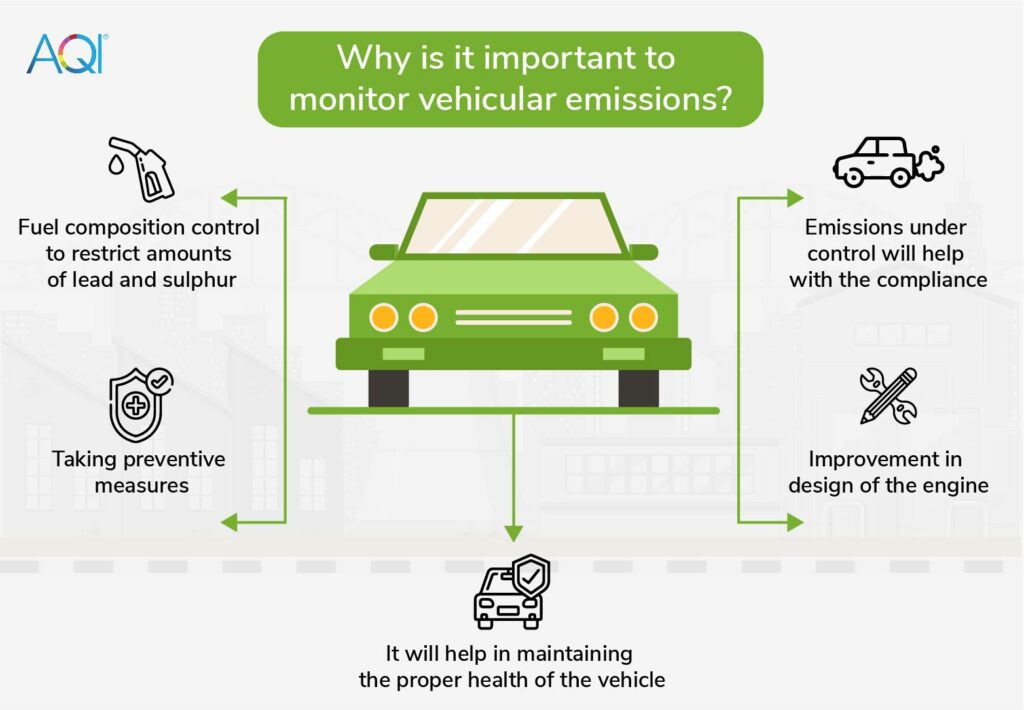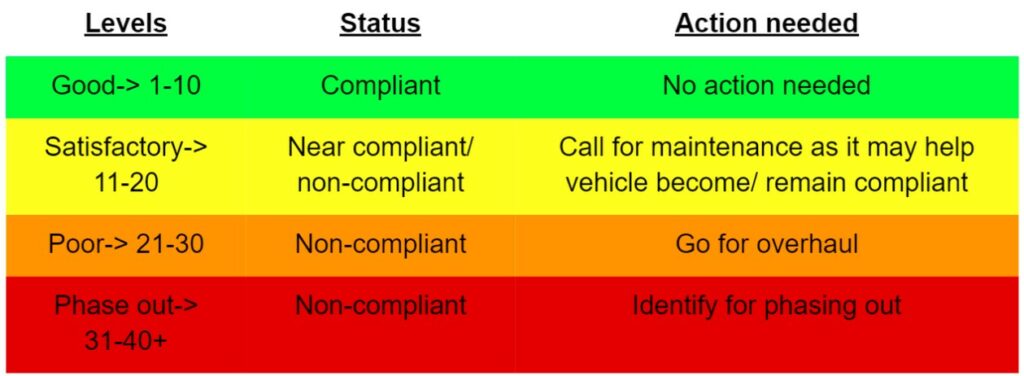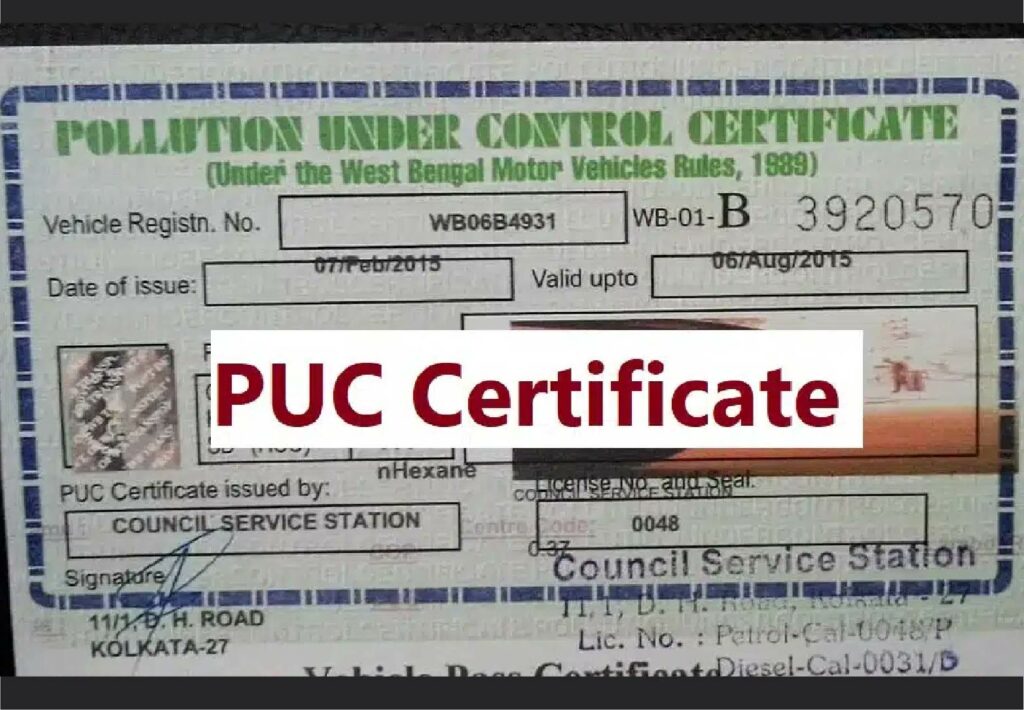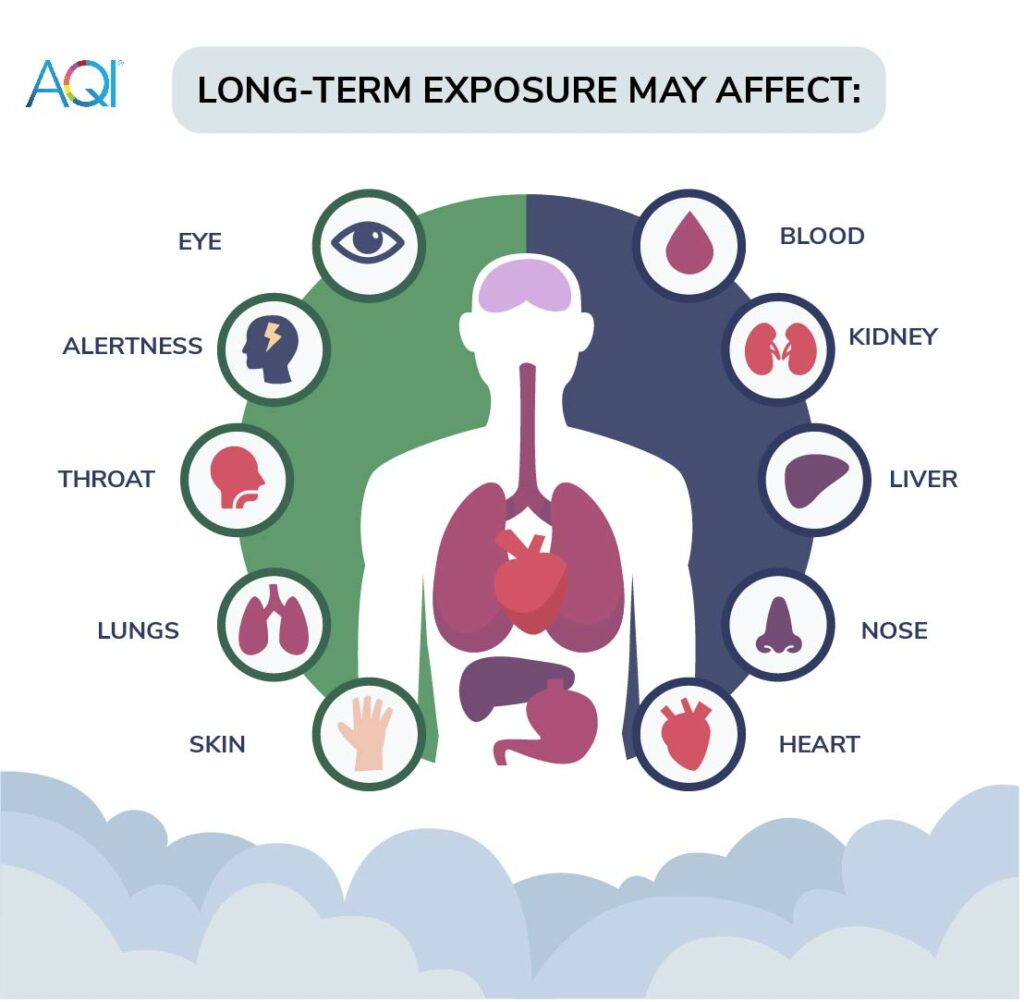Exhaust Emission Index (EEI) represents emission rates of air pollutants that a car or vehicle causes. Vehicles emit a variety of different gases and toxins when the engine is running. Therefore, higher these emissions, the poorer the air quality would be. These emissions include carbon dioxide (CO2), carbon monoxide (CO), hydrocarbons (HC), atmospheric air particles, water vapor, and many compounds released from incomplete combustion of fuels. That is why big cities with more vehicles on the road have bad air quality than the areas where vehicle congestion is less, such as villages or hilly areas. Exhaust Emissions Index (EEI) is created to measure these emissions (mainly CO and HC). Let us know more about it in detail.
What does the Exhaust Emission Index (EEI) study say?
Recently published in the Proceedings of the Royal Society, the study is conducted by a research team led by Rajeev Kumar Mishra (Assistant Professor- Department of Environmental Engineering). He said, “The EEI, such as the current PUCC, is based on two parameters: CO and HC. What distinguishes it from the traditional PUCC is that the EEI seeks a range of emission amounts rather than specific figures. EEI is based on various mathematical formulae that evaluate a car’s state based on how much CO and HC it emits and, as a result, recommend a variety of solutions or directions to improve the vehicle’s health”.

What is Exhaust Emission Index (EEI)?
Formulated by the researchers at Delhi Technological University, it is a new concept to measure or assess the performance of petrol cars and other vehicles. Exhaust emission control, EEI is created on the basis of various mathematical equations, EEI grades the vehicle’s health rather than providing test results along the lines of a conventional Pollution Under Control (PUC) Certificate. The concept involves a quick assessment of the cars based on the emission parameters. These parameters include:
- Carbon Monoxide (CO), and
- Hydrocarbons (that include PAHs and VOCs)
Exhaust Emission Index
- The index is a new scientific approach proposed to evaluate a car’s emission performance along the lines of an air quality index (AQI).
- The EEI value will be determined by the levels of carbon monoxide (CO) and hydrocarbons (HC).
- The parameters measured during PUC are CO and HC.

- For example, if an automobile has an EEI score of 12.11. It indicates that it is ‘satisfactory,’ and steps to be made may include ‘regular maintenance or servicing’.
AQI-like rankings for vehicular emissions
The study’s supervisor stated that they followed AQI construction principles in the design of the EEI and that the team created the categories accordingly. The researchers stated that, in recent years, the AQI has been the most sought-after figure, even by the general public, and that it can readily determine if the ambient air quality is safe or harmful. As a result, it aids in the implementation of preventive measures.
Just like the AQI (Air Quality Index), EEI will help in identifying and predicting how polluting their cars are. Each spectrum will suggest steps to maintain their cars in the longer state of compliance or help them maintain their cars.
Why is it important to monitor vehicular emissions?
When we measure the AQI, along with the AQI levels, we also get health advice on the basis of those levels. Just as the AQI, when EEI is measured, we get advice on the basis of those levels. Determining the EEI will help majorly in;
- Taking preventive measures
- It will help in maintaining the proper health of the vehicle
- Emissions under control will help with the compliance
- Fuel composition control to restrict amounts of lead and sulphur
- Improvement in design of the engine
PUC certificate and its importance

PUC stands for ‘Pollution Under Control’ Certificate. This certificate states if your vehicle is safe to drive on the roads and would not contribute to the rising air pollution. In order to get PUC certified, a PUC test is conducted. for your vehicle. In other words, it means that your vehicle emissions are under control and as per the pollution standards. Therefore, if your vehicle successfully undergoes PUC test, it is eligible for the PUC certification, otherwise not. Exhaust emissions need to be kept in check so that the vehicle does not contribute to the outdoor pollution.
- It denotes that your vehicle complies with the exhaust emission standards.
- In order to get a PUC certificate, a PUC test is conducted.
- If your vehicle successfully passes the test, you will be PUC certified, otherwise not.
- Hence, all automobiles operating on Indian roadways must have a valid PUC certificate.
Health Impacts
Only in recent years has a more complete picture of the health effects of exhaust emissions emerged, as the ability to assess and monitor human exposures within populations has developed. As a result, stricter laws are enacted to decrease public health risks connected with motor vehicle pollution.
Vehicular pollution and their health impacts:

- Carbon Dioxide: Exposure to CO2 can cause sleepiness, disorientation, loss of coordination, headaches, nausea, and many more health effects that can cause various health issues if exposed for longer durations.
- Carbon Monoxide: Loss of alertness, lethargy, etc. can be experienced. Long term durations can cause carbon monoxide poisoning, also known as CO poisoning hypoxia. This can cause cellular and tissue damages and have the capability to take you to the ERs.
- Particulate matter: Fine breathable particles that have the ability to travel deep down to your lungs through respiration. Further, they can penetrate into the bloodstream, which can cause various cardiorespiratory disorders and aggravate respiratory disorders such as asthma.
- Lead: When you inhale lead, that is a by-product of the vehicular emissions. It can cause lowered IQ, brain and kidney damage. Furthermore, exposure for longer durations are proven to be carcinogenic.
- Sulphur Dioxide: SO2 exposure can cause lung damage, itching in the eyes. It irritates the skin and generate excess mucus and inflammation in the respiratory tract.
- Nitrogen Dioxide: NO2 and other oxides of nitrogen emitted by vehicles can react with other pollutants and can form PM and O3. Furthermore, exposures to NOx and NO2 can worsen throat and lung infections and can aggravate asthma.
Vehicle emission standards- India
According to a study on the ‘Health and Economic Impact of Air Pollution in India,’ air pollution is responsible for 18% of all fatalities and a loss of 1.4% of GDP in 2020. During peak pollution months, transportation contributes between 13 to 18% in pollution hotspots such as Delhi.
- CAFE- The Corporate Average Fuel Efficiency/ Economy (CAFÉ) rules. They were introduced globally in 2017 with the goal of lowering average corporate emissions. Therefore, these apply to automakers and incentivize them to improve fuel economy or reduce fuel consumption.
| Corporate Avg. CO2 Emissions | Phase |
| <130 gm/km | Phase l (Till 2022) |
| <113 gm/km | Phase ll (Post 2022) |
- BS- The initial Bharat Stage (BS) rules went into force in 2000, and there have been numerous modifications since then. The Central Pollution Control Board of India establishes these guidelines, and all vehicle manufacturers must sell vehicles that meet these requirements. Therefore, these rules, with each subsequent version, attempt to tighten regulations by lowering the allowable level of exhaust pollutants.
| Pollutant | BS-IV | BS-VI | Reduction(%) |
| NOx (Diesel) | 250 mg | 80 mg | 82% |
| NOx (Petrol) | 80 mg | 60 mg | 25% |
| Hydrocarbon + NOx | 300 mg/km | 170 mg/km | 43% |
| PM (Diesel) | 25 mg/km | 4.5 mg/km | 68% |
Sources:
- https://timesofindia.indiatimes.com/city/delhi/aqi-like-rankings-for-vehicular-emission-may-help-clear-the-air/articleshow/96507064.cms
- https://www.mppeb.org/puc-certificate-check-now-here/
- https://www.ceew.in